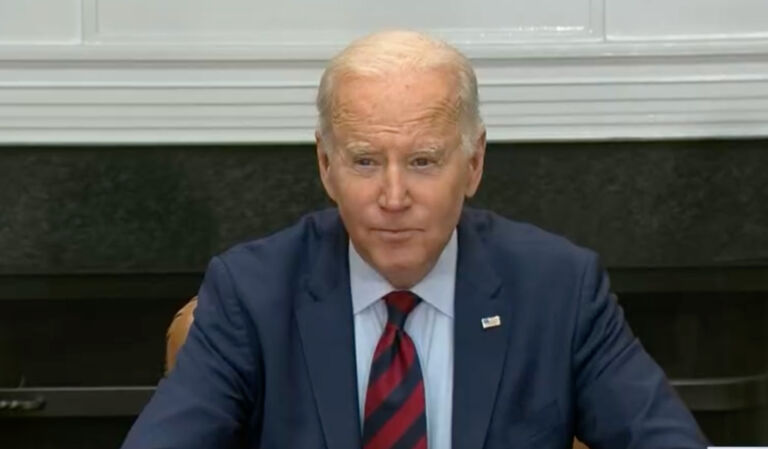Emboldened by the Federal Trade Administration’s decision to waste federal dollars on light rail in Durham and Orange counties, the editorial writers at the N&O have returned yet again to hounding Wake County commissioners for not agreeing to go along with the folly.
I’ve watched the N&O develop its arguments in favor of local light rail as they grapple with a significant obstacle: expert consensus that the project is doomed to fail because the area is simply nowhere near dense enough to support light rail.
In the past two years, six different transportation experts, including light-rail advocates, have all explained how the area is simply too decentralized, too spread out, and not nearly population-dense enough to support expensive light rail.
They include:
- Cal Marsella, longtime head of the Denver regional transit authority, who had previously managed contract services for Miami-Dade Transit and helped the city of Hartford, Connecticut, develop its transit service, where the Urban Mass Transportation Administration (predecessor of the Federal Transit Administration) hailed him as an "innovative thinker"
- Steven Polzin, director of mobility policy research at the Center for Urban Transportation Research at the University of South Florida, who had served on the boards of directors of the Hillsborough Area Regional Transit Authority (Tampa, Florida) and the Hillsborough County Metropolitan Planning Organization board of directors and had also worked for transit agencies in Chicago, Cleveland, and Dallas
- Samuel R. Staley, managing director of the DeVoe L. Moore Center at Florida State University in Tallahassee where he teaches graduate and undergraduate courses in urban planning, regulation, and urban economics, who is also a senior research fellow at Reason Foundation and former director of urban growth and land-use policy for Reason and the author of several books on transportation and land-use planning
- John Pucher, professor in the Bloustein School of Planning and Public Policy at Rutgers University in New Jersey and visiting professor at the University of North Carolina at Chapel Hill in the Department of City and Regional Planning who has over 40 years’ experience in transportation planning and is a self-described supporter of "alternative modes of transportation"
- David T. Hartgen, a widely known and well-respected transportation scholar, an emeritus professor of Transportation Studies at UNC-Charlotte, and president of The Hartgen Group who had previously directed the statistics and analysis functions of the New York State Department of Transportation and served as a policy analyst at the Federal Highway Administration.
- Thomas A. Rubin, a consultant based in Oakland, California, with over 35 years of experience in assessing and directing the capital and operating budgets of numerous transportation agencies who had served as the CFO of the Southern California Rapid Transit District (now Los Angeles County Metropolitan Transportation Authority) and the Alameda-Contra Costa Transit District in Oakland.
That’s formidable consensus. It’s not something any responsible civic leader should ignore.
Here is how the N&O has evolved its messaging to navigate this significant obstacle — because make no mistake, there was never any doubting the issue in that office. See, light rail is visionary and Wake County absolutely must have it, transportation experts and revealed consumer preference and miniscule interest in Raleigh public transportation and countless other metropolitan failures and shocking transportation funding wastes be damned.
First the paper attempted to recast expert consensus as experts being trite and hackneyed. "Critics merely rolled out the same tired reason for doing little: The region isn’t crowded enough to supply passengers for light rail and commuter trains."
Next, it tried granting the issue over which there was consensus — without acknowledging the consensus overtly — in order to dismiss it with the always effective juvenile appeal of but everybody does it. "It may be true that this region currently lacks the density needed to support different kinds of mass transit, but that’s been an argument in other cities that went ahead anyway."
Next, it decided perhaps they could tarnish the expert consensus by a very circuitous route to personally attacking the experts. For example, if one of the experts is employed by a think tank upon whose board sits a Koch brother, and if to be doubly sure of this argument’s effect David Koch’s well-known libertarianism is recast in a term normally reserved by the paper to describe dangerous Islamic radicals ("ultraconservative"), then the apparent desire was that, by mere association, any statement from and agreement with such a person must be void on its face. It was a ridiculous gambit.
Getting nowhere by acknowledging the experts, even negatively, the N&O decided to level personal attacks at the "hidebound" and "dysfunctional" commissioners, directly.
I noted then that, with this change of tack, N&O editorialists
are now trying a new approach to expert consensus: reductio ad abstinentis. That is, ignoring it. Pretending it never existed.
How it works: if Wake County commissioners are in fact heeding expert consensus by not raising taxes and blowing resources on a scheme that’s doomed to fail, then they are being responsible servants of the community. They are doing their job. They are being … functional.
But if they are just opposing rail transit for no reason, well, that’s just mean and they’re being beastly, and we submit to you that that is dysfunctional!
Having established by calculated ignorance that the expert consensus does not exist, the N&O has now moved on to the next progression in its argumentation: ipse dixit. The term means "he himself has said it," and in rhetoric it is the unproven assertion, the "Because I said so!" fumbled retort.
The N&O described Republican commissioners who seem "lukewarm to rail, period" ("period" because they obviously have no rational basis for it, now that it’s been ignored) and instead "see the campaign for light rail as a grandiose adventure that will end with huge costs and few passengers." (Oh, those guys; where do they get their ideas?)
Then, in sum, the N&O writes (emphasis added),
Wake’s leaders are right to be careful about transit costs, but there’s now a consensus that the region is crowded enough that people soon will need alternative ways to get around.
Look, there’s a consensus! and the N&O strenuously objects to Republican commissioners not acting on consensus. That is, as long as it is the "consensus" the N&O made up, and not the actual consensus from six different transportation experts.
Click here for the Rights & Regulation Update archive.
You can unsubscribe to this and all future e-mails from the John Locke Foundation by clicking the "Manage Subscriptions" button at the top of this newsletter.


